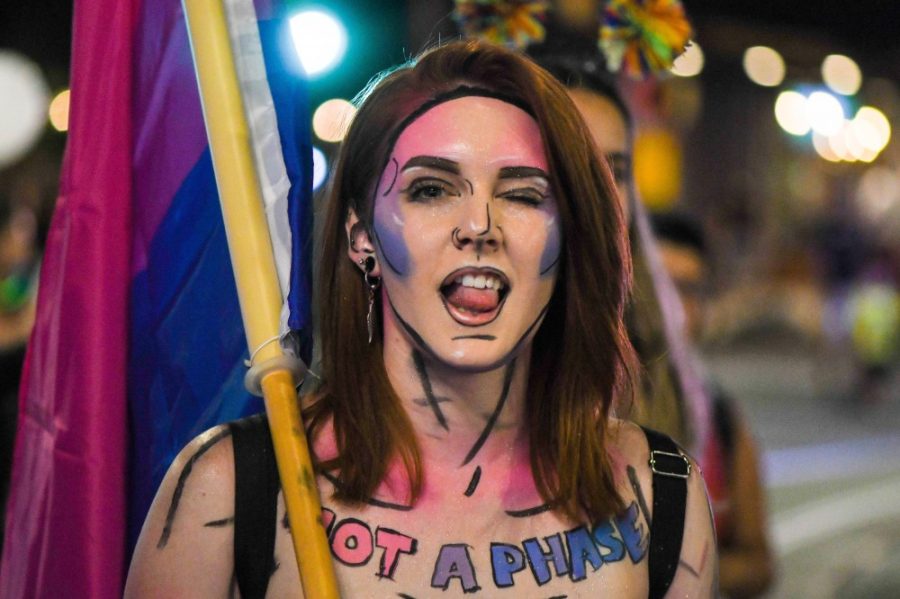
The way a person presents themselves physically does not always reveal their gender identity. One’s gender identity is the “personal sense of one’s own gender,” whether masculine, feminine, both or neither. With that, a person with a beard is not always a man and a person wearing a dress is not always a woman. We as a society have been conditioned to correlate certain physical presentations and behaviors with a particular gender, which can be harmful to those who do not traditionally conform to the gender binary.
A significant part of one’s gender identity is their preferred pronouns. A person’s pronouns are directly correlated with their gender identity and when you respect a person’s preferred pronouns, you’re respecting and validating their gender identity. We must unlearn ideas and behaviors in which we assume one’s gender and thus assume their pronouns. Everyone must normalize the idea and the use of a person’s preferred pronouns, but where do we start?
One of the easiest ways to normalize preferred pronouns is putting them in your social media bios and putting them in your email signature. In doing so, you are not only making your pronouns known, but also helping to create normalcy around the concept. Normalizing is vital and including your preferred pronouns in this area of your life shows their importance; it shows that pronouns are not something to ignore, even if your gender matches your sex.
RELATED: OPINION: Is there an official language of academia in America?
Other ways to include preferred pronouns in everyday interactions is when introducing yourself to include your preferred pronouns and asking the other person’s in return. When introducing yourself one-on-one or in a group setting, sharing your pronouns can be as easy as, “Hi, my name is Geraldine and I use the pronouns she/they.” You then open a window for other people to include their pronouns during their introduction. You can always ask people, too, if they don’t include them. Sometimes people can feel that asking a person’s pronouns can come off as awkward or even rude, but asking a person’s preferred pronouns is always better than assuming.
When the conversation of gender identity and preferred pronouns is brought up, not many people are educated on the topic. With that, we must also normalize apologizing. If you accidentally misgender someone, you should apologize, learn their correct pronouns, and move forward. In a Gender and Sex Development pamphlet put together by the Children’s Hospital of Chicago, they said the best apology for misgendering someone is “not doing it again,” and I couldn’t agree more. In addition to that, it is important to correct people who are actively misgendering someone. Whether accidental or not, the behavior must be addressed. To be a good ally to genderqueer, non-binary and trans folks in our community, we must protect them and one way to do that is by correcting someone when they are using the wrong pronouns.
Normalizing the use of a person’s preferred pronouns is a substantial way of minimizing harm for those who are transgender, genderqueer and non-binary. According to WomenforWomen.org, members of the LGBTQ+ community can be found among some of the most vulnerable people in our community as they can be subjected to gender-based violence, which is defined as “physical, sexual, verbal, emotional, and psychological abuse, threats, coercion, and economic or educational deprivation, whether occurring in public or private life.” Respecting a person’s preferred pronouns is a way to reduce harm against the LGTBQ+ community.
RELATED: Queer Closet offers an safe space for LGBTQ+ students to find clothing options
Follow the Daily Wildcat on Twitter
Geraldine is a junior and is majoring in journalism. She likes to bake and read in her free time.









